There’s many a fantastic photograph of Joburg taken in the day; however, is the city defined by natural light and daytime enterprise? What about its other moods and character traits, the ones that emerge at night? What, to be precise, about Joburg after dark?
Much like during the day, Joburg after dark is a place of labour and minimum wage. But Joburg after dark is also a time of diversionary pleasures, when the sobriety of a city characterised by discipline and work, also exploitation and alienation, yields to other things. For many, especially on Friday and Saturday nights, it’s also a time of pleasure, of drinking and dancing.
But the night is a far richer subject than even this. The dark and its many associative qualities make it a time of myth and intrigue. It’s this imprecise territory, the night as a place of projection and unseen otherness, that is the subject of Sibusiso’s essay. “I used to be one of those kids who enjoyed playing outside at night more than during the day,” says Sibusiso, who was born in Kathlehong in 1997 and lives with his mother and grandmother in Phola Park. Evening is a sociable time in the townships as workers return from work and the silence that pervades these labour compounds by day abates.



It wasn’t that he only played at night. Growing up, he would regularly explore Thokoza on foot. “I would go to the places where my parents told me I wasn’t supposed to go,” he says. To fulfil a simple childhood impulse: to see what was being prohibited. “There is a dam nearby, which I used to go to with my friends and try to catch fish,” he reminisces. “There is also a train station where I was warned not to cross the tracks.” During these wanderings, he would scavenge for pieces of metal to sell to a scrap metal dealer. “I used the money to play video games.” These early mappings of Thokoza later played an invaluable role in his photography project. “I got to know where the dangerous places are, where to avoid, especially at night. If an area doesn’t have electricity, it isn’t safe.”
The relationship between light and safety in Sibusiso’s photographs is worth pausing on. “It is safer to take photographs where there is light,” he says, but in the same breath admits, “I avoided places where there are a lot of people because you get robbed.” Light is only a possible beacon of safety in his photographs, not a guarantee of it. The light sources in his essay vary: from the last filigree of daylight on the horizon to various forms of electrical sources.
“To be honest, growing up as a child was tough,” concedes Sibusiso. “You witness a lot of things happening in Thokoza.” He says xenophobia has been a constant feature of his upbringing. Of course, none of these facets of Thokoza’s character are pictured. But they are nonetheless imprinted into the time signature of his photographs. His photographs only describe a defined period of dark, an early dark. None of his photographs were made late at night. “That is a dangerous hour,” he says. “At that late time, there is too much alcohol drinking. I have never thought of photographing at that time.”
Despite the optimistic claim his subjects make to public spaces at night, his photographs are defined by a prescribed working method. “I usually work alone because people know me here, but if I have to go on the outside section of Phola Park where I live, then I get people from school to join me.”
While his essay invites sociological readings directed at the meaning of electricity, crime and the changing role of public space in South Africa’s slowly transforming townships, he is not a documentarian in the manner of Brassaï in 1930s Paris, or Weegee in New York of the same period. His is a playful and autobiographical project. Many of Sibusiso’s photographs include him as a protagonist. “The reason why some of the pictures are staged is so that you don’t get that actual feeling of real events,” he says. “I am trying to describe my neighbourhood in a way I see and experience it. I am kind of creating my own scenario of what you would see in Thokoza – its atmosphere. I want you, when you look at the pictures, to experience the atmosphere.”
Understood in this sense, the strange off-colours, long shadows, constant blurring and ghostly auras that surround his human subjects are integral to the meaning of his photographs, not mere by-products of shooting at night. They are expressive attributes, not simply examples of photography’s ongoing struggle to record events in low light. “When I show people who live in my neighbourhood my pictures, they don’t believe it is actually Thokoza,” he says. This constitutes praise for Sibusiso, who likens his photographic method in his essay ‘At night, they walk with me’ to storytelling. “It is like a novel about an old lost town,” he says. A forgotten place that has been found and reimagined by an alert young mind.





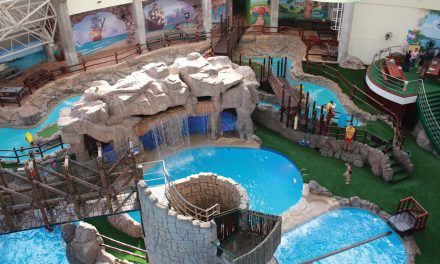



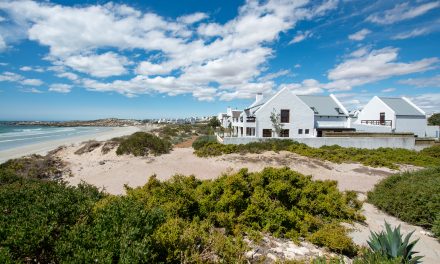
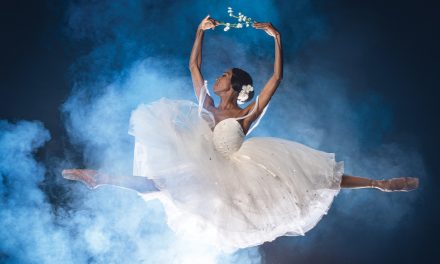
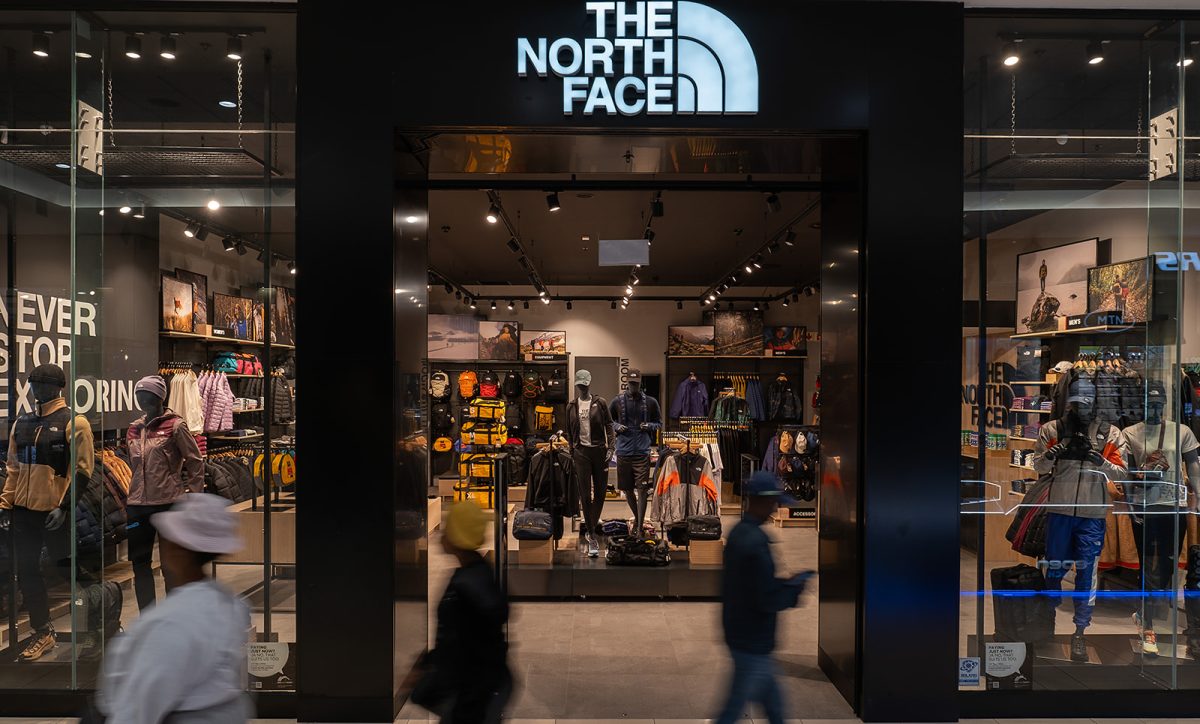



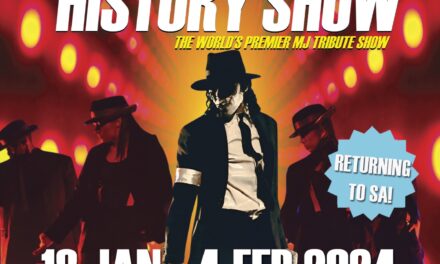
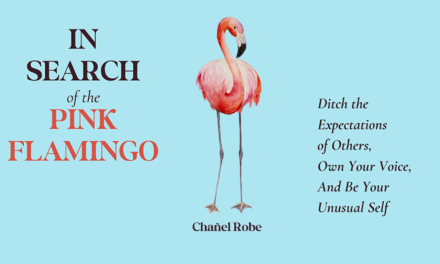

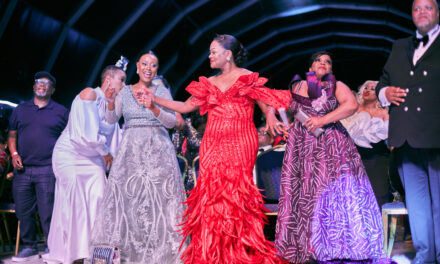






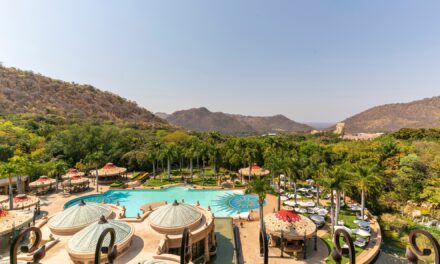

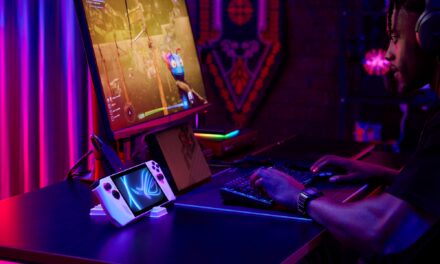

0 Comments